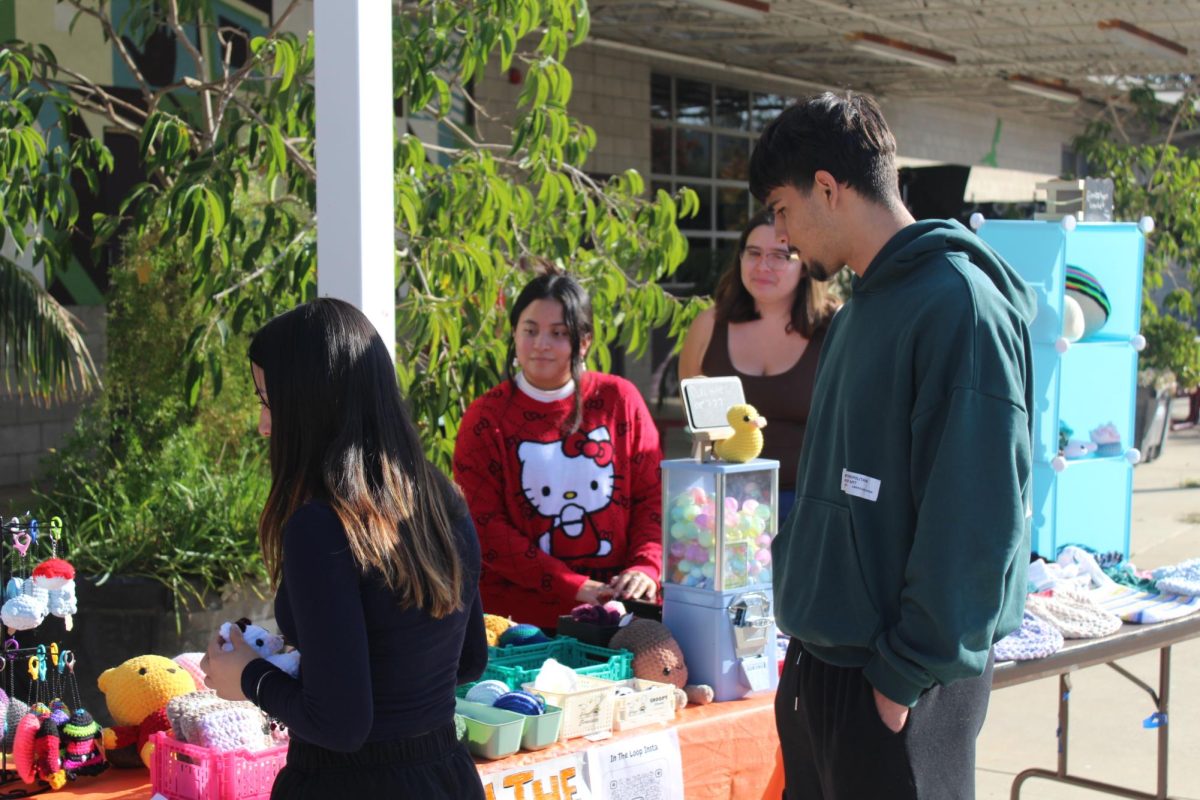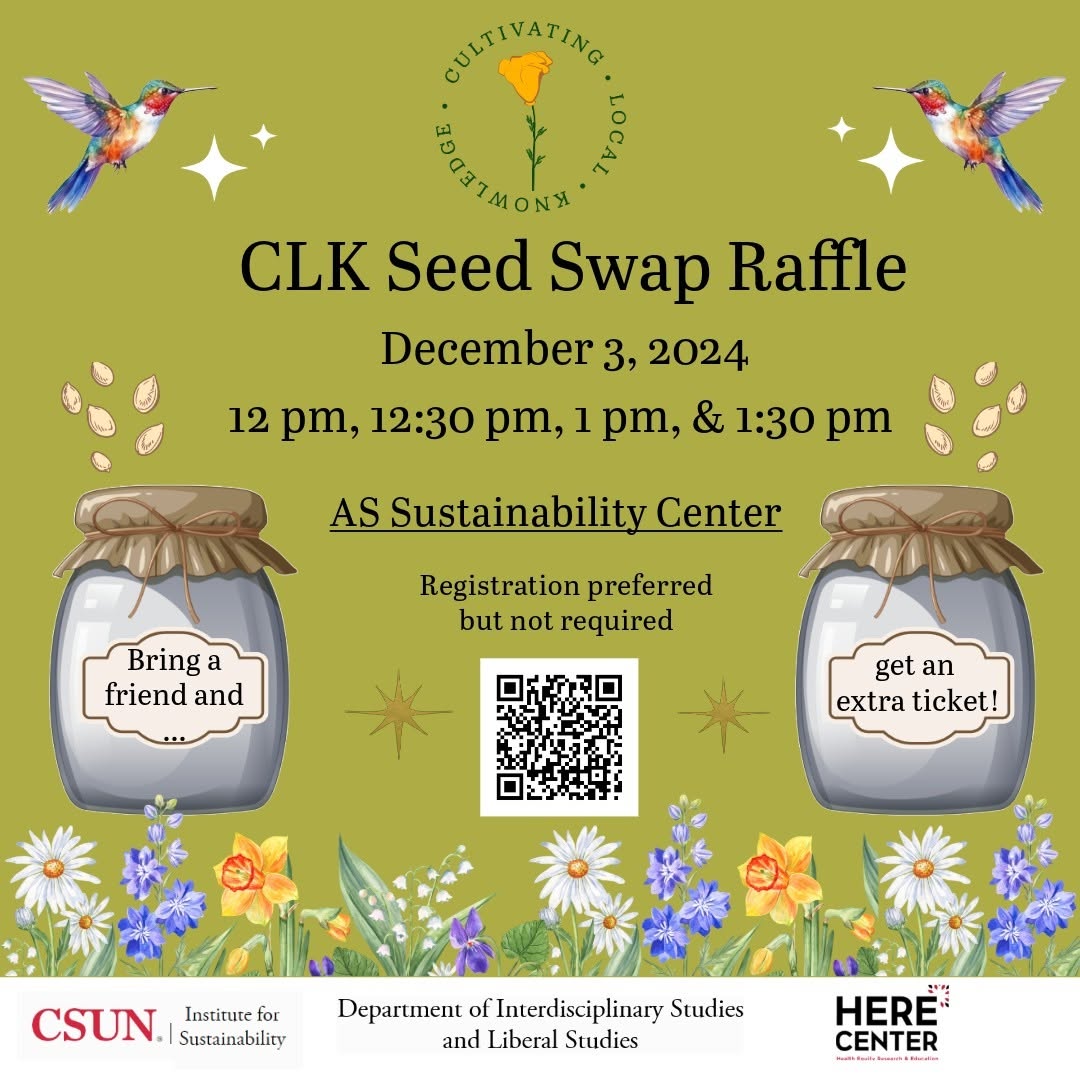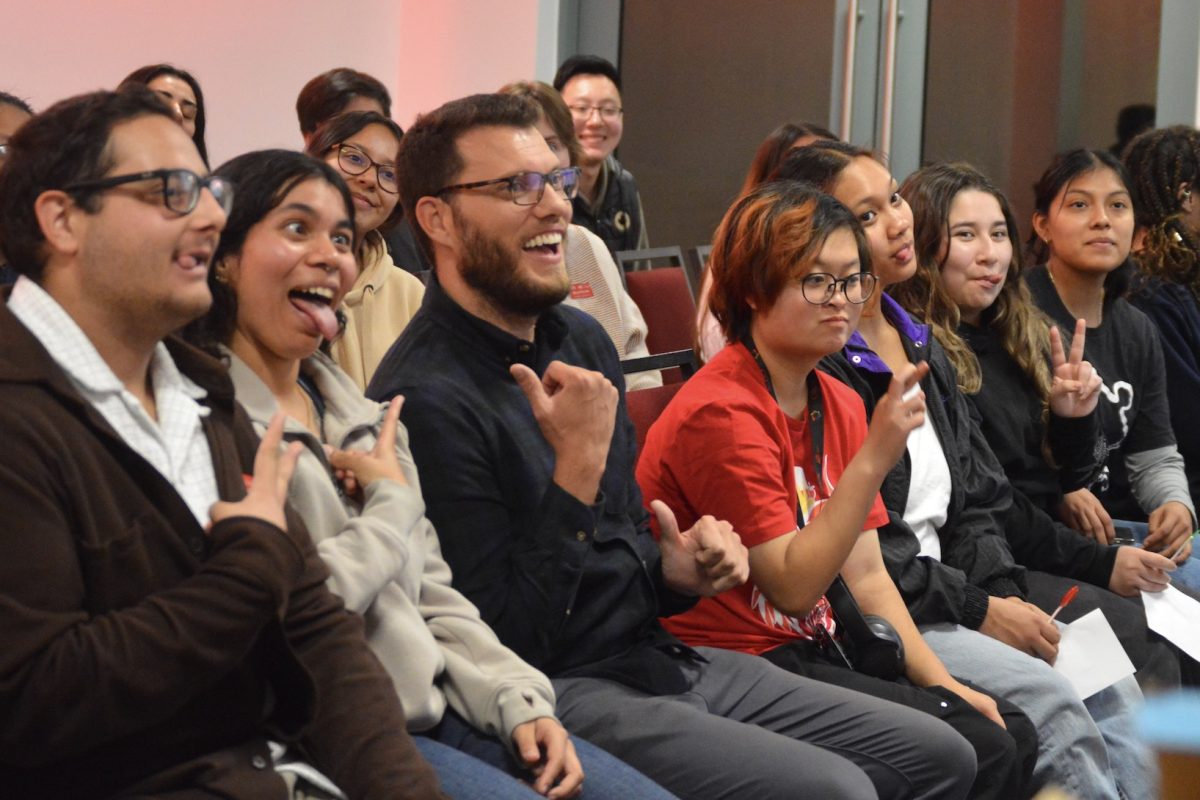
Apparel and design students at CSUN, worried that new limitations on lab access this semester would make it difficult for them to complete class projects on time, have delivered a petition to their dean to restore longer lab hours.
Previously, the Department of Family and Consumer Sciences, which oversees apparel and design, offered door codes to students that gave them 24-hour access to the labs. Starting at the beginning of this semester, however, the codes have only been valid Monday-Friday, from 8 a.m. to 5 p.m.
“I feel like we’re entitled to a lab that we’ve paid for with our tuition,” said Jessica Bley, senior apparel and design production major.
Bley, who helped spearhead the petition effort, said students in the program were expecting to have the same availability of lab space as last semester and were not given warning of the change.
“We were all just shell-shocked by it,” Bley said. “If we would have known last semester we would have started designing earlier. It’s kind of hard to work around it once our schedules are set in stone.”
Hours were restricted this semester because labs were often left open at night unattended and equipment was lost, said Tami Abourezk, department chair.
Also contributing to the decision was the retirement of the program’s instructional support assistant last semester, who provided additional staffing and oversight of the apparel and design labs outside of business hours.
Speculation spread among students that lab restrictions were in reaction to the 2008 death of UCLA student Sheharbano Sangji, and the court case that continues against the school. Sangji died after suffering burns caused by an accident in one of UCLA’s chemistry labs.
“As for the incident at UCLA, it did not motivate our code access changes,” Abourezk said.
The department has made more hours available to students as they get closer to the fashion show Abourezk said. The department recently hired a new instructional support assistant, Lynn Tatem, who started working with the department in March, according to Abourezk. This will provide additional hours of supervision in the labs, including evenings and weekends. Students are also able to make special arrangements with faculty to use the lab outside of business hours.
“It’s good and I appreciate teachers doing that,” said Marissa Tolliver, senior apparel design and production major. “But we have to make arrangements based on their schedule.”
For students like her who work full time this is not always possible, Tolliver said.
“I’m just going to have half the looks for [the fashion show] that I originally intended to ensure the best possible quality,” she said.
Family and consumer sciences is not the only department suffering reduced availability of labs at CSUN. The Journalism department let the doors to their computer labs stay open during regular school hours until Fall 2011. Now those labs remain locked when a class is not in session due to a combination of budget cuts and overuse of resources such printer paper, according to Heather Powell, administrative support coordinator for the journalism department.
However other departments have increased lab hours in recent years, such as the electrical and computer engineering program. They recently added peer lab assistants to their staff who oversee the labs so that more hours could be made available.
“We would certainly like to offer more to students,” said Dan Vaughn, academic resource coordinator of the engineering and computer science college. “Most people are trying to do the best they can and give as much to the students as possible.”
Tolliver, who assisted Bley in the drafting of the petition to the dean, said that they collected about 35 signatures from students before delivering the letter, with the goal of making the student voice heard by the department administrators.
“I understand where they’re coming from,” Bley said. “But I want them to understand where we’re coming from.”
The fashion show, which showcases student work, will be held on April 26. The labs have sewing machines and other costly and bulky equipment that many students do not have at home, Bley added.
“The staff is really trying to help students. I do worry about next year,” Tolliver said. “Is this going to keep happening? People are definitely going to need more hours in the lab.”





